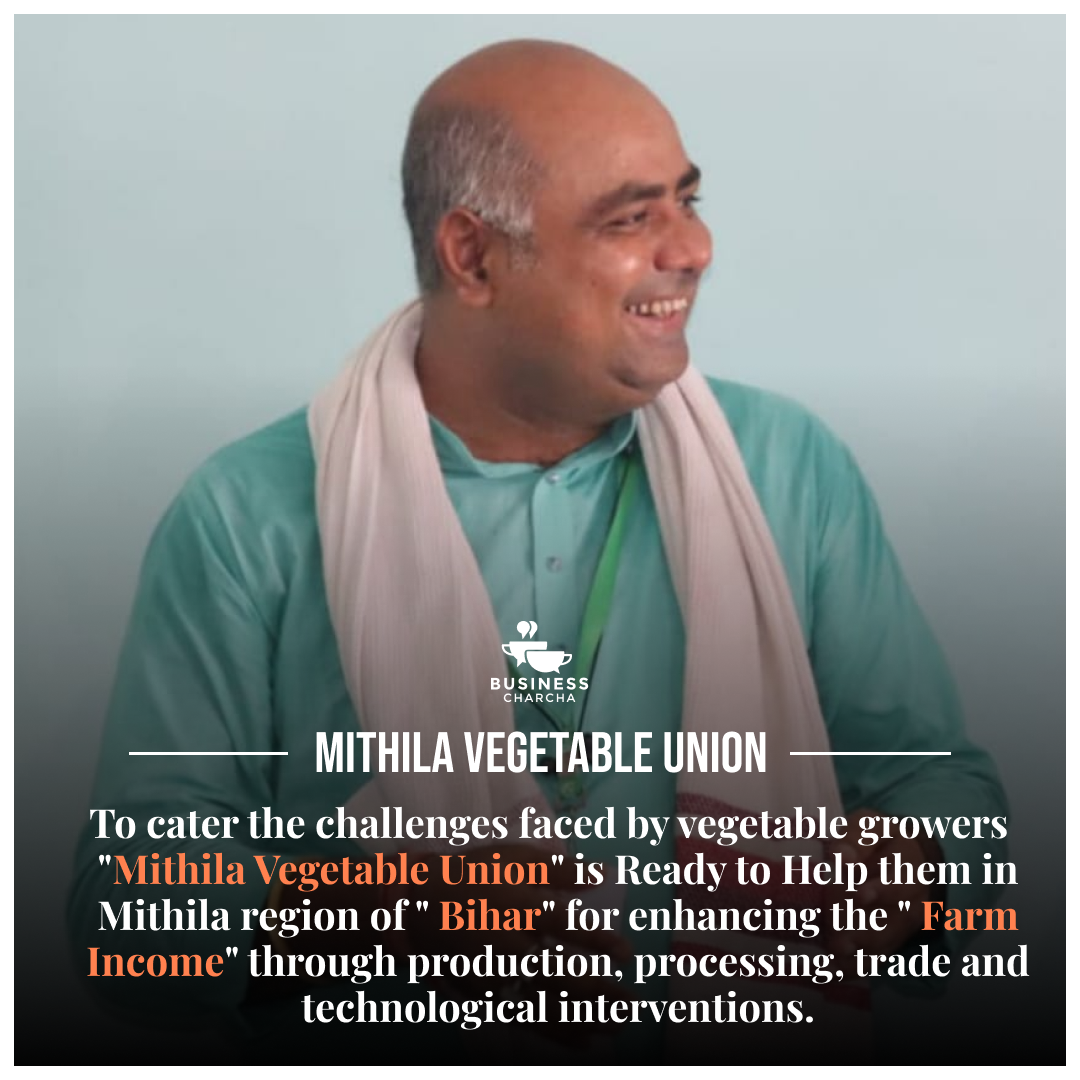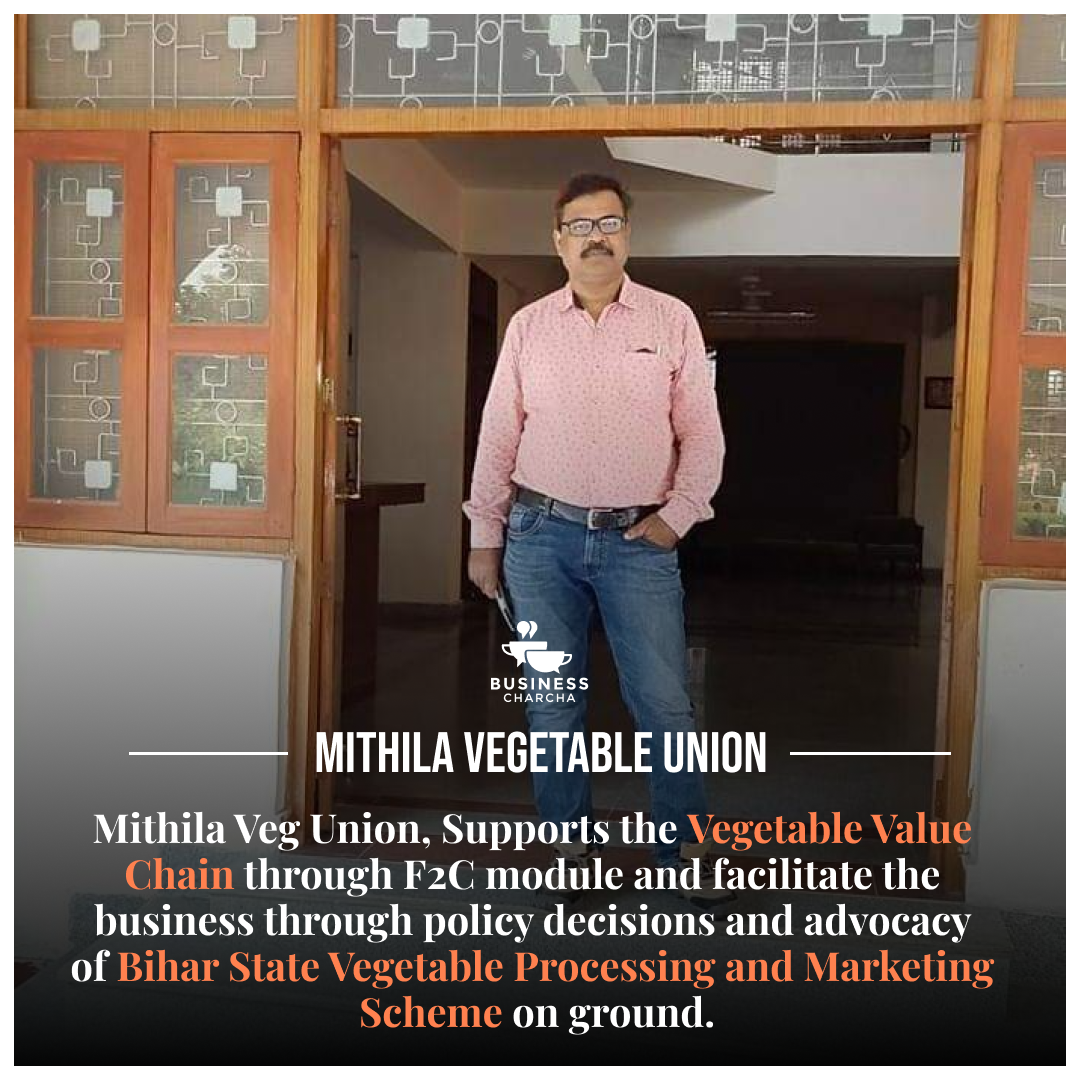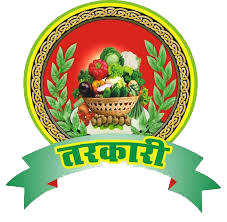| Founder(s) | Madhavendra Kumar Thakur, Chairman |
| Date of Establishment | 20th February 2021 |
| Industrial Sector | Agriculture and Farming |
| Headquarter | Darbhanga |
| Presence | Presence in Darbhanga, Madhubani, Saharsa, Supaul, Madhepura |
| Awards and Recognition | -- |
The Indian farmer is a living idol of India, as they are the most hardworking farmers around the world & always busy, working hard for their crops, during day and night. India is called the land of farmers, as most of the people of the country are directly or indirectly involved in the agriculture sector.


It would not be wrong to say that
‘Indian farmers’ are the backbone of the economy and the farmers are indeed the beloved
children of Mother India. “Indian Farmer” backbone
of the economy Indian Farmer has
the ability to survive with the various seasons, climate change, soil
conditions and often harsh destruction of wildfires, droughts and floods.
CONDITION OF FARMERS IN INDIA:
The condition of most farmers is terrible. About 80% of farmers in India are marginal (less than 1 hectare) or small farmers (1–2 hectare) category. Agriculture supports about 60% of employment but contributes only 17% to GDP. Every day, there are reports of Indian farmer suicides from different parts of the country. People sitting in air conditioner rooms are formulating policies to rectify the problems of farmers which is absolutely not right. Also, rising inflation has eaten into real wages. After adjusting for inflation, incomes grew only by 16% in real terms over that period. In 2018, a report by the Organisation for Economic Co-operation and Development (OECD) estimated that farmers' incomes increased by just 2% a year in real terms between 2013 and 2016. An increase of a couple of thousand [rupees] a month doesn't make much difference if we account for inflation. farmers' incomes in real terms have remained stagnant or even declined for several decades.
Indian agricultural markets are known to be inefficient.
A country that is amongst the top three producers of several cereals, pulses
and cash crops also witnesses sharp distortions in prices when there are supply
disruptions. While the government has worked towards bringing in agricultural
reforms, there is dissent from various vested interests as everyone wants the
status quo to prevail. Consumers, as a group, get a raw deal here and end up
paying higher prices, while farmers get substantially lower prices. The
intermediaries, who bring the two together, add costs and margins and increase
the price along the way. This needs to change. Given the limited investments made
in agricultural marketing in the physical area, there can be 3-6 intermediaries
involved before the consumer gets the product. This is because firstly crops
are grown in different states and must be distributed across the country.
Second, the farmer sells in the primary mandi that is within vicinity, after
which it travels across other mandis before it reaches the retail end. A farmer
in Madhya Pradesh sells soybean in Indore, but it must travel to other parts of
the state and country to reach the processors. There are costs involved in
terms of transport, storage, damage and porterage, among others.
To get a sense of how divergent the
prices are, the accompanying table presents wholesale and retail prices of
commodities as per Ag market (for wholesale prices) and retail prices (Ministry
of Agriculture) in Mumbai. The data is taken for October 15, 2020 and,
admittedly, prices will vary depending on the quantum of arrivals in the
mandis. It can be assumed that the price ranges will be maintained most of the
time. For wholesale prices, Mumbai or Vashi are considered, while retail prices
pertain to Mumbai. These are the modal prices or average prices, and hence can
vary across the city on both ends. The numbers are illustrative of these deep
distortions, which are a major concern. All commodities for which both the
prices are available have been covered.
There is a huge gap between what a
farmer is getting and what the customers are paying [for]. Therefore, to
improve the current situation of farmers, and build an ecosystem Bihar bases
Mithila Vegetable Processing and Marketing Co-operative Union Ltd was formed.
MITHILA VEG UNION
Started in 2021 "Mithila Veg Union" formed more
than 50Primary vegetable cooperative Societies with
more than 2000 active members in the said region. Mithila Vegetable Processing and
Marketing Co-operative Union Ltd is
formed under the aegis of Bihar State Vegetables Processing and Marketing
Scheme, Department of Co-operative, Government of Bihar.
While most aggrotech start-ups in India
focus just on farmers, Mithila's USP (unique selling
preposition) is that they focus on the entire value chain consisting of vegetable growers, vegetable
processors, arhatiyas, and other mandi participants.
WHAT WE DO-
- To
create a professional institution which provide post-harvest management
services.
- To
provide permanent marketing centres which help in bridging market inadequacies.
- To
create efficient market linkages to the farmer for better price realization for
their production.
- To
ensure maximum outreach and impact at the base level through formation of
three-tie cooperative structure to mobilize farmers and build their capacity.
OBJECTIVES-
- To Establish a farmers vegetable supply chain
framework in and outside Bihar.
- Value
addition by processing packaging and branding the product.
- Increase
in vegetable production and productivity in the state.
- Bridging
the demand and
supply gap of fresh and quality vegetables and providing training and extension
services to the vegetable growers.
Minimizing
the post-harvest losses by enhancing the product shelf life.
By
creating an ecosystem for vegetable businesses to partner with multiple
stakeholders and putting necessary infrastructure
like Gramin Mandi, cold chain network in every primary vegetable cooperative
society to reduce vegetable wastages.
You can easily contact us through-
Email: - mithilaunion@tarkaari.in / mithilavegunion@gmail.com
-
-

-

-
 Kala Niketan Nov 24, 2022
Kala Niketan Nov 24, 2022 -





